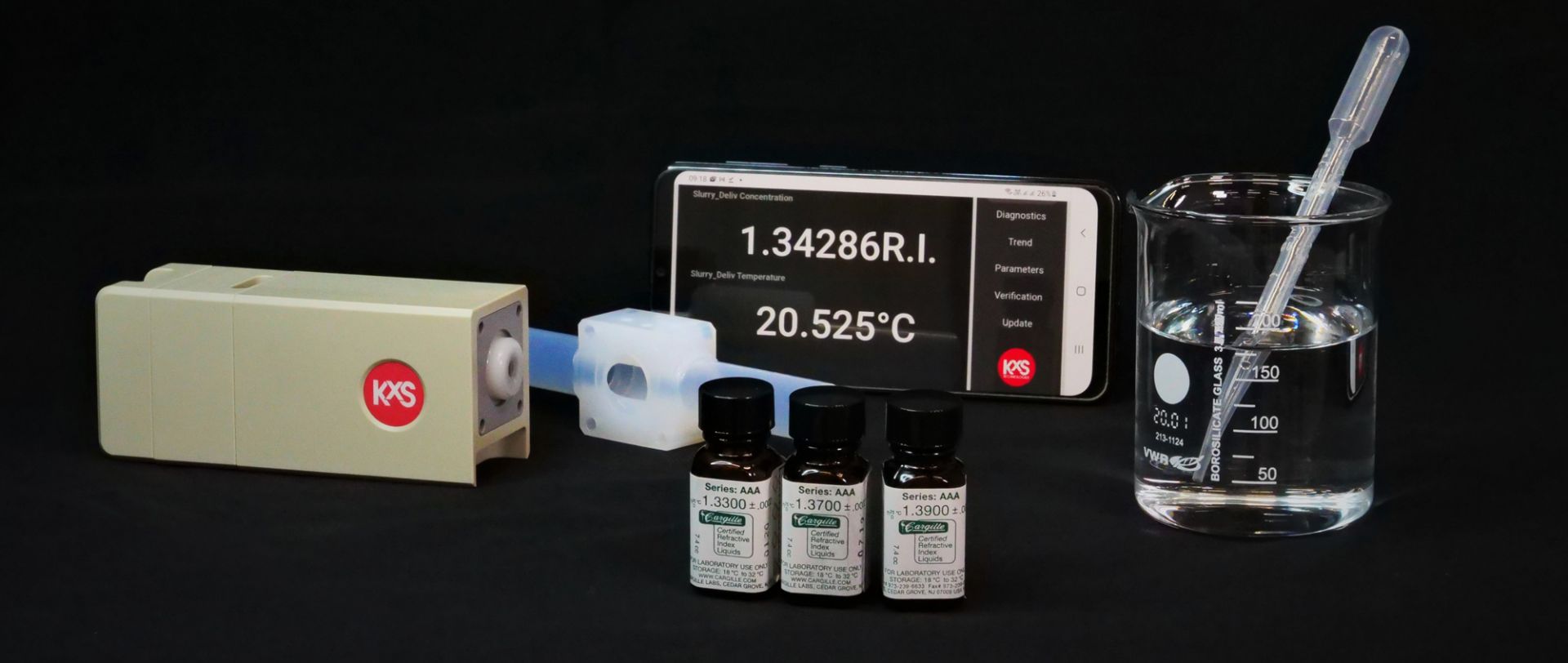The work follows a design thinking process with a human-centered approach by embracing multi-directional partnership with people representing both suppliers as well as system integrators and client user groups. The strength of KxS Technologies lies in its agility to respond to custom design requests and therefore the design process is maintained forward-thinking.
The “BRUTAL BRICK“ design emphasizes robustness, quality and easily recognizable brand. Robust design is essential in protecting critical optical and electronic components. Critical chemical applications ask for a reliable concentration output signal and in order to secure a sharp optical measurement, computational fluid dynamics are used to simulate wetted part shapes. 3D prints are utilized in verifying interfunctionality of components. Modular structure minimizes material usage and provides flexibility in product assembly.
The instrumentation design is certified against industry relevant standards to ensure a reliable measurement performance for years to come. The DCM product family is tested for external disturbances like heat, pressure, electromagnetic compatibility, shocks and vibration. Inspection of electronics is reported in the printed circuit board PCB manufacturing and assembly services with certified quality standards.
KxS Technologies' business continuity builds on supplier performance to secure overall product quality. Critical parts are machined to specification or sourced as is by chosen global suppliers. Material certificates or inspection reports are provided for every manufacturing batch.
The assembly of the modular solid optics and electronics is carried out at the Technology Center. NIST traceable refractive index liquid calibration procedures are followed to provide a sensor specific camera-to-refractive index unit RIU multi-sample reference correlation. An important step is to verify sensor optics alignment and optical image accuracy. A sensor individual zero-point adjustment is prepared for sensor interchangeability in field. In order to maintain quality traceability, the entire assembly process is initiated and signed off by the same engineer. Production assembly follows the philosophy: One person, one refractometer.
CALIBRATION
Each optical concentration monitor is individually calibrated with traceable refractive index RI liquids for concentration and temperature to ensure an accurate optical performance in the entire measurement range. A defined procedure is in place to verify the correct calibration parameters are activated. The final validation is documented in a Sensor Identity Profile linked to each sensor.
A zero-point calibration function serves the purpose of defining a temperature profile and standard concentration baseline for each refractometer. The setup is prepared in a liquid circulation line serving as run-in for sensor overall functionality.
